Hi everyone! We’re finally getting to one of my favorite parts of our wellness journey: bringing ease to our bodies and lowering stress through relaxation techniques. We all know that stress can wreak havoc on our bodies, especially when it comes to cortisol—the stress hormone that can throw our metabolism out of whack. The good news is that there are many ways to relax, and while I can’t cover them all here, I’ll share a few of my favorite techniques that have helped me find calm and balance in my life. I challenge you to try one or more of these methods that are new to you and see how they help bring peace and reduce stress. Let’s dive in and discover how we can harness the power of relaxation to control cortisol and enhance our overall well-being!
Warm Epsom Salt Baths
Just picturing a tub filled with warm water infused with Epsom salts makes me relax! Epsom salts, also known as magnesium sulfate, dissolve in the warm water, allowing your skin to soak up the magnesium goodness. You may not know stress is a magnesium hog, so giving your body some extra magnesium during stressful times is perfect. This mineral can also work wonders, helping to relax your muscles and soothe inflammation. The warm water itself works its magic too, boosting blood circulation and loosening up tension in your body. To dive into your own relaxation oasis, simply add about 2 cups of Epsom salts to your bathtub filled with warm water. Then, kick back and soak for 15-20 minutes, letting the salts work their wonders. For an extra touch of bliss, consider adding a few drops of essential oils like lavender or eucalyptus. Don’t forget to keep hydrated—soaking in warm water can be thirsty work! To elevate your relaxation experience, why not play some peaceful worship music and engage your mind and spirit in worship? It’s the perfect way to nourish your body, mind, and soul all at once.

Foam Rolling for Myofascial Release
If you’ve never tried it, you’re in for a treat. Foam rolling is like giving your muscles a nice, thorough massage. It can also be called self-myofascial release. It’s just a fancy term for a wonderful way to ease muscle tightness, soothe soreness, and dial down inflammation. Plus, it can give your joints a little extra wiggle room to move more freely. To get started, you will need a foam roller—which kind depends on preference. I like mine as firm as possible and as long as possible, but if you want something softer, go for it. Position the roller under the muscle group you want to target, then use your body weight to gently roll back and forth. For instance, if you’re tackling those calves, sit down, extend your legs, and roll from ankles to knees. Start with about 1-2 minutes per muscle group, then gradually ramp up the time. And here’s a little tip from me to you: when you hit a tight spot, try holding that position for about 30 seconds while breathing deeply, then roll back and forth over that area for another 30 seconds or so, inching along. This is especially nice after a workout.
Progressive Muscle Relaxation
Something that is particularly nice to do after a long day at work or before bed is progressive muscle relaxation (PMR). It helps you ease into a state of total bliss before drifting off to dreamland. PMR is all about systematically tensing and then letting go of different muscle groups. It’s simple and soothing. By giving your muscles a little squeeze and then releasing, you’re releasing tension, stress and anxiety. To get started, find a cozy spot to chill out, whether it’s your favorite chair, couch or bed. Then, tune in to those muscles, starting with your toes and working your way up to your face. Give each muscle group a little love, tensing for a few seconds, then letting go and soaking in the relaxation. And don’t rush it—this is your time to unwind and reconnect with your body. So, take it slow, breathe deep, and let the calm wash over you.
Polyvagal Exercises
Polyvagal exercise is a term for activities that work wonders for your nervous system, especially that powerhouse known as the vagus nerve. This nerve is like the conductor of your body’s relaxation orchestra, orchestrating that sweet “rest and digest” symphony. Polyvagal exercises are like tickets to the front row of that calming concert! These exercises give your vagus nerve a little love tap, helping it do its job of dialing down stress and dialing up relaxation. Think deep breaths, soothing hums, gentle taps, and even some self-massage—basically, anything that stimulates the vagus nerve which covers many areas of your body. One of my favorites is massaging the ear area. I still remember how great I felt after doing it for the first time. But I also really like diaphragmatic breathing, where you let that belly rise and fall as you let the air fill your lungs until the lungs push down on the diaphragm. The best part is that the more you practice, the better you get at managing stress and boosting your overall well-being.
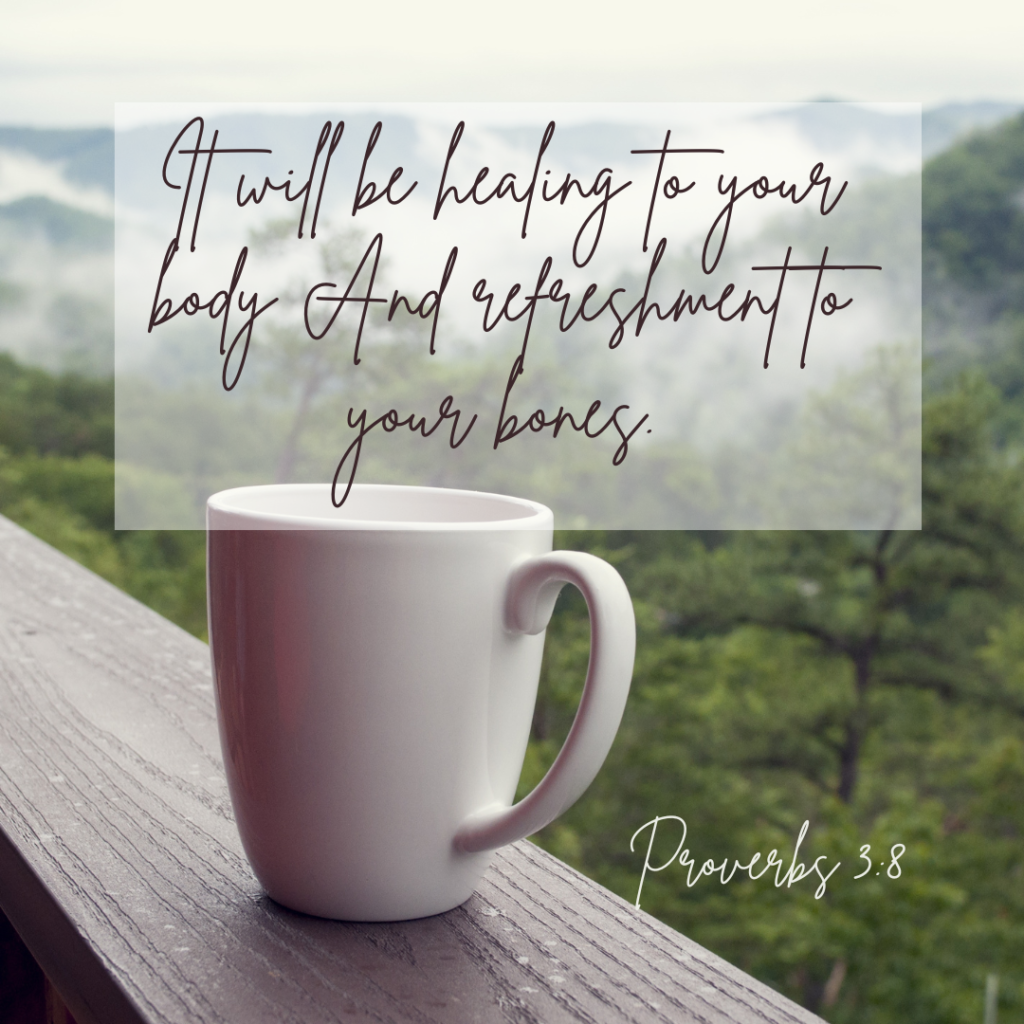
Somatic Sequences
Somatic sequences are a series of movements and exercises that unlock tension, boost awareness, and bring relaxation to the body. Think of somatic sequences as a gentle way to help tune you in to your body at a slow pace and let go of any pent-up stress. You can find yourself a cozy spot, turn on some calming music or enjoy the quiet and start with simple movements like shoulder rolls, gentle stretches, or even a bit of limb-shaking action. The key is to take it slow, savoring each movement. It is often helpful to do each move several times until you feel a loosening and more ease. Tune in to how your body responds, noticing any areas of tension or discomfort along the way. Don’t be afraid to let your body be your guide, moving in whatever way feels good and natural to you.
Guided Imagery
The power of guided imagery is that you can revisit a peaceful space without having to go there physically and still reap all the sensory benefits by recalling all the five senses of the experience to re-experience it again. You can allow a recording to take you there or you can imagine your own mental masterpiece. Do this sitting in a comfy seat, or lying down, close your eyes to focus on the internal movie screen of your mind and take a deep, soothing breath. Now, let your imagination take the wheel as you conjure up a scene straight out of your nicest memories or make one up —a sun-kissed beach, a lush forest, or a flower-filled meadow, you have options. Engage all your senses as you immerse yourself in this blissful haven, feeling the warm sun on your skin, hearing the gentle rustle of leaves, and breathing in the sweet scent of nature. Stay awhile, soaking up every last drop of tranquility, and emerge feeling refreshed, rejuvenated, and rested.
Aromatherapy
Aromatherapy works wonders for both mind and body, harnessing the power of essential oils to promote relaxation, reduce stress, and lift your spirits. It’s as easy as breathing in the sweet scent of your choice. Simply pop a few drops of your favorite essential oil into a diffuser and let the calming aroma fill the air. Or add a few drops to a warm bath and let the stress melt away. You can also gently massage diluted essential oils into your skin, allowing the calming scents to work their magic from head to toe. You might even want to do a self-foot massage with that oil.
Music Therapy
For the music lovers, let’s talk about the incredible power of music to soothe the soul and melt away stress. Whether you’re a fan of classical melodies, ambient tunes, or the peaceful sounds of nature, there’s no denying that the right music can work wonders for your mood and mental well-being. There are so many options available! It might even help keep you in a more peaceful state if you play it during your commute. But you can also settle down in a cozy spot and soak up your favorite calming music. Close your eyes, take a deep breath, and feel the stress and tension begin to melt away with each soothing note. Allow yourself to become fully immersed in the music, letting go of any worries or distractions as you bask in the blissful soundscape.
Art Therapy
And for all you creatives, let’s not forget all the ways we can relax with art! Creativity can be your ultimate stress-buster! You can sketch, paint, color, craft, sew, knit, garden, write, or do any other creative activity, including in the kitchen, and the benefits will go far beyond a finished piece of art—you will have brought your system into the parasympathetic state through creativity and are finding your flow zone in the process. When is the last time you did something creative? I am always amazed how good it feels to make something – anything at all! Remember, there’s no right or wrong way to create—just let your heart guide your hand and enjoy the journey.

If you have been missing times of relaxation for a long time it will be totally normal to feel a bit jittery or anxious when you first dip your toes into the world of relaxation. Especially if you’ve been a go-getter for as long as you can remember, your body might resist the idea of slowing down at first. But that’s okay! Take it slow, listen to your body, and ease into it at your own pace. Notice when it starts feeling less relaxing and give yourself permission to dial it back a notch.
And if you try a relaxation technique and it feels like nothing’s happening, trust me, you’re not alone! It took me a while to feel the benefits too. When your body is in constant hyperdrive mode, calming down can feel like trudging through deep snow. You might feel tempted to get back to the plowed path you are familiar with. But don’t give up just yet! Keep at it, even if it’s just a little bit each day. The more you plow through, the sooner you’ll start noticing those subtle shifts—like a gentle yawn, a soothing warmth, or a refreshing feeling washing over you.
You don’t have to navigate this relaxation journey alone! YouTube is chock-full of helpful videos to guide you through different relaxation techniques. So grab your coziest blanket, hit play, and let the relaxation begin! Remember, taking care of yourself isn’t selfish—it’s an act of love. So keep nourishing your mind, body, and soul with these practices, and watch your stress resilience soar!
As I am finishing this post, I feel confident that this post is a great place to bring my series on reducing cortisol for optimal health to an end. We’ve explored spiritual, emotional, and physical aspects that contribute to our stress levels and learned how to take action to lower and reduce that stress to prevent a host of diseases. It’s been a long journey, full of small but significant steps, and making meaningful, lasting changes will take even longer. But please know, each step is worth it.
I’ve loved researching, applying, testing, fine-tuning, and sharing all of this with you. There’s so much we can do to set our lives on a good trajectory for walking in victory! Thank you all for sticking with me.
Going forward, you can still expect to see me posting on all things health-related—whether it’s about the spirit, soul, or body. However, I’ll be slowing down my posting schedule a bit as I’m working on some other exciting projects that I hope will benefit you as well. I’ll keep you updated on all of these, and I invite you to reach out anytime if you have topics or questions you’d like me to cover.
And if you feel like you could use a qualified guide to keep you on track with these practices and help you navigate any obstacles that come up, I’d be honored to work with you and support you on your journey. Reach out any time!
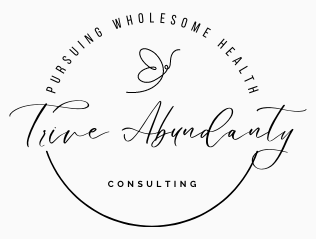
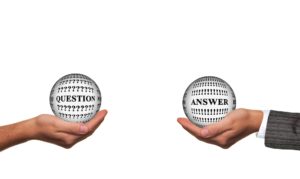
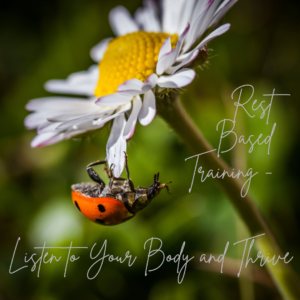




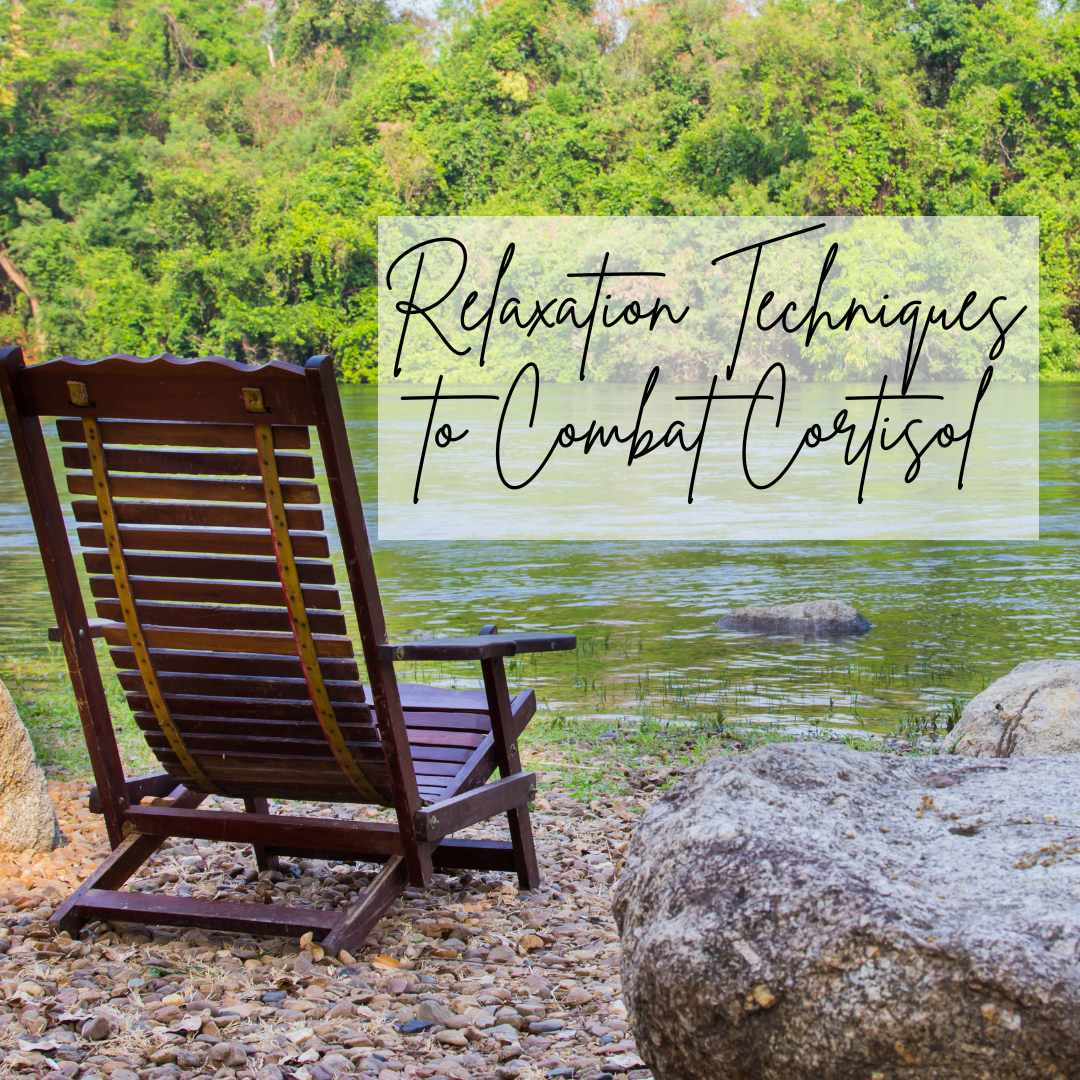
This is so helpful! These are such simple tips but they make so much impact. Thank you for sharing your wisdom.
You’re welcome! Do you have any favorites?